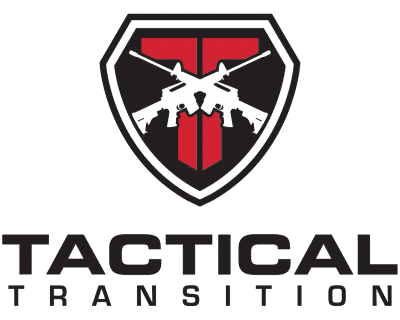- M-LOK Handguards
- M-LOK Accessories
- KeyMod Accessories
- Barrels
- Bolt Carrier Groups
- Charging Handles
- Complete Kits
- Gas Blocks
- Gas Tubes
- Iron Sights
- Lower Parts
- Mags
- Muzzle Devices
- Pistol Stock Sets
- Pistol Grips
- Pistol Accessories
- Slings
- Stock Components
- Stocks
- Stock Sets
- Stock Sets With Matching Upper
- Tools
- Upper Kits
- Upper Parts
- Upper Receivers
- Upper Sets
- Vertical Grips
What Trigger Group is Best for My Build?
The trigger group is one of the most influential parts of your AR-15 when it comes to accuracy and weapon performance. There are loads of aftermarket triggers in the market, which have different pros and cons, and deciding which one is ideal for you can be a little challenging.
Your ideal trigger depends upon a lot of factors, and how you tend to use your rifle. Moreover, personal preferences also need to be considered to make sure that you get the best trigger group for you.
Here are some things you need to consider to find the best trigger group.
Single-stage Vs Dual Stage triggers.
In simple words, a dual-stage trigger fires in two stages. When you start pulling the trigger, the first stage has a stronger trigger pull, then you enter an intermediate area with a very slight resistance to pull the trigger. Single-stage triggers are a lot faster than dual-stage since they don’t have that intermediate area.
According to experts, dual-stage triggers are better for long-range accuracy, whereas single-stage triggers are better for close-up action, where you need to fire multiple shots quickly.
So, that is something you need to consider. If you are doing some long-range target shooting, then a dual-stage trigger would be better, but for competition shooting, where you need to land quick shots, a single-stage trigger is better.
Trigger weight:
The next important factor to consider is trigger weight. This is the amount of force it requires for you to pull the trigger until the hammer falls and fires the gun.
When it comes to competitive shooting, lighter triggers are the best. Match grade triggers are light and crisp, which means that there is almost no play in the trigger, and it fires with a very small force.
On the other hand, when it comes to self-defense, and actual close-quarters combat, light triggers aren’t the best option. Lighter triggers are easier to accidentally fire when moving around. This is why most mil-spec AR-15s and M4s have heavier triggers, typically around 6.5 pounds. On the other hand, competition triggers can be as light as 2 pounds.
However, longer triggers aren’t particularly great for accuracy, since they cause the shooter to anticipate the recoil, which can cause them to flinch, and take the rifle off sight. Some people use longer triggers, and press them near the breaking point until they are ready to shoot when they pull the trigger completely. Though this can be effective, it requires a lot of practice, and only a trained marksperson can do it right.
So, if you are a competition shooter, a light trigger group is best for you, and if you are using your rifle for home defense, or combat, a heavier trigger pull is the better option. A 4 lbs trigger is a good middle-ground for an all-purpose rifle.
Curved Vs Flat triggers:
Some trigger groups have standard curved triggers like seen on most rifles, and AR-15s, however, some people also prefer flat triggers. Neither has any significant tactical advantage or disadvantages, at the end of the day it does come down to preference, and whichever trigger feels better in your hand.
